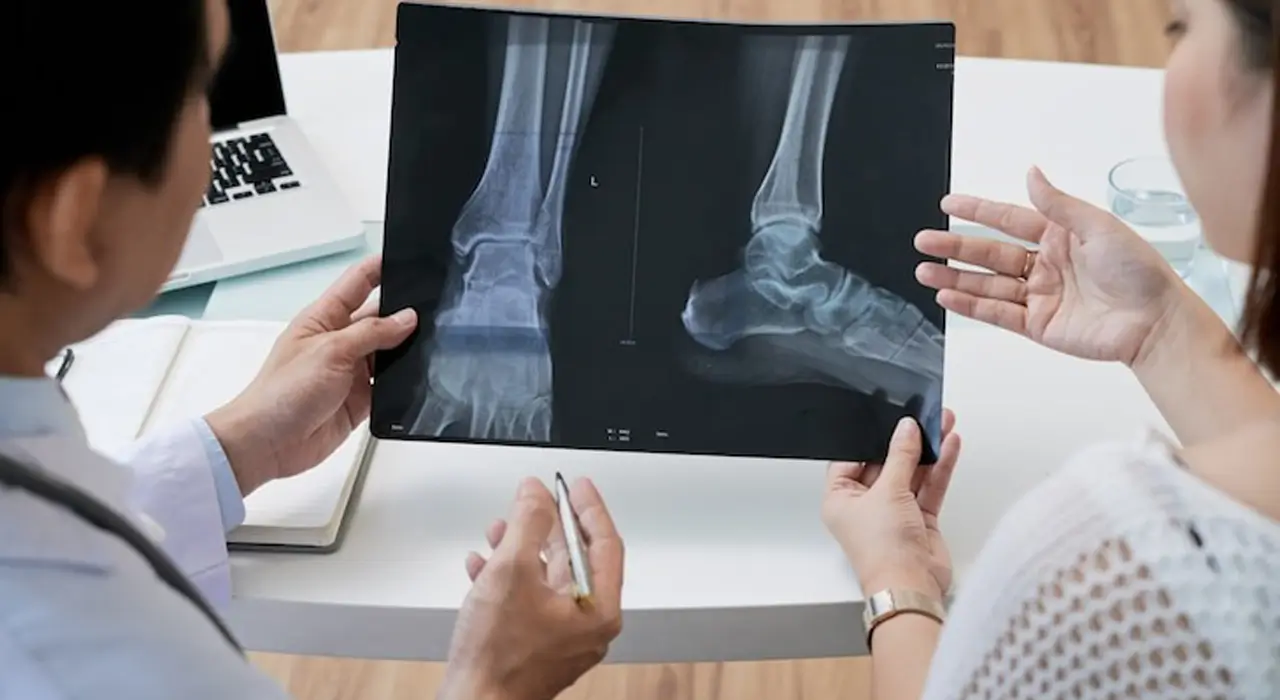At SCC Waxahachie, we believe that surgery can be an effective option, but needs to be agreed upon by the physician and patient after other treatments haven’t helped.
If the physician and patient agree on surgery, we provide innovative, minimally-invasive treatments for total joint replacements. These treatments typically allow for faster recovery, less pain, and in some cases minimal bone loss. They include:
At SCC Waxahachie, we give our patients the ability to live their very best life in full motion. We approach total joint replacements with this mindset, customizing our treatment plan to you. Because we believe this is how to provide the best care possible. That’s what you deserve. we offer:

Total joint replacement is a surgical procedure that replaces parts of an arthritic or damaged joint with a metal, plastic, or ceramic device called a prosthesis. The prosthesis is designed to replicate the movement of a normal, healthy joint.
Patients may have trouble with ordinary activities such as walking, putting on socks and shoes, getting into and out of cars, and climbing stairs (depending on the affected joint and amount of damage).
Joint problems may be caused by:
We primarily treat the hip, knee, and shoulder with total joint replacements. The most common treatments include:
Performed on a special Hana table made of carbon fiber, we use an X-ray during the procedure to assist in successfully placing the replacement components. The advantages of our approach include:
For this minimally-invasive approach, we cut muscles at the back of the hip through an incision, repairing and reattaching the muscles at the end of surgery. The advantages of our approach include:
Unlike total hip replacement surgery, we remove only a few centimeters of bone, shaping it to fit tightly inside the Birmingham Hip Resurfacing implant. The advantages of our approach include:
We remove all of the damaged cartilage and a small amount of bone around the joint. Then we replace the removed cartilage and bone with metal components to recreate the surface of the joints and insert a spacer. The advantages of our approach include:
In unicompartmental knee replacement (also called “partial” knee replacement), only a portion of the knee is resurfaced. This procedure is an alternative to total knee replacement for patients whose condition is limited to part of the knee. The advantages of our approach include:
Having a limited range of motion in your shoulders due to pain can significantly put a damper on your activities of daily living. At SCC Waxahachie, we have several options for patients who are suffering from shoulder pain.
When a patient has significant tears in the rotator cuff, a traditional shoulder replacement surgery would not be helpful, since the damaged tendons would not hold the artificial joint in place.
However, Reverse Shoulder surgery is a practical option. During this type of procedure, the components are the same (a metal ball and a plastic prosthesis), but the metal ball is placed in the socket of the scapula, and the plastic cup is placed on the top of the humerus. The surgeon then inserts screws to hold the prosthesis in place.
The benefits of a reverse shoulder replacement surgery are: